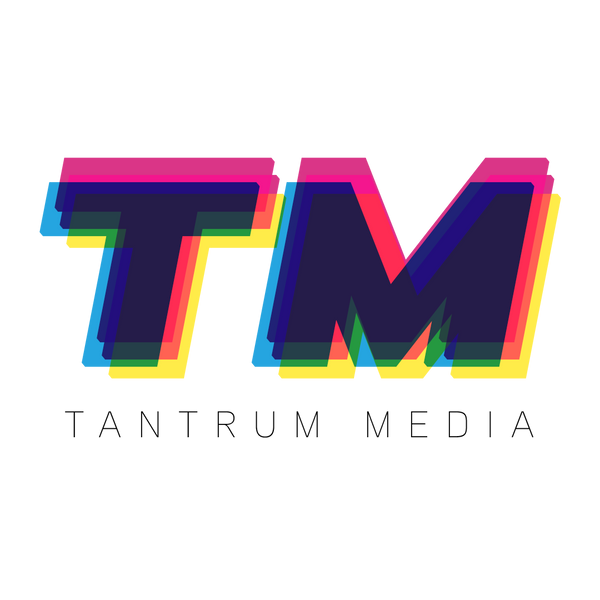Learning disabilities are a diverse set of neurological conditions that impact how individuals process, interpret, and utilize information. With the recent spotlight on Nonverbal Learning Disorder (NLD) due to its mention in the context of a high-profile political candidate's family, there is a growing interest in understanding this and other learning disabilities in depth. This guide offers a comprehensive overview of NLD and other key learning disabilities, including dyslexia, dysgraphia, dyscalculia, ADHD, and autism spectrum disorders, highlighting their challenges and modern strategies for support and intervention.
1. Nonverbal Learning Disorder (NLD): Beyond Words
Nonverbal Learning Disorder (NLD) is a neurological condition that affects an individual's ability to interpret and respond to nonverbal cues, impacting social interactions, spatial awareness, and motor skills. This disorder has gained attention recently after it was revealed that Gus Walz, the son of Minnesota Governor and Vice Presidential candidate Tim Walz, is affected by it.
- Symptoms: Difficulty with visual-spatial processing, coordination problems, and challenges in understanding social cues. Verbal skills may be strong, but nonverbal skills can be significantly impaired.
- Causes: NLD is believed to be linked to abnormalities in the right hemisphere of the brain, which is involved in visual-spatial processing and social cognition.
- Support Strategies: Use of visual supports, social skills training, and occupational therapy to address coordination and motor challenges. Tailored educational approaches can help address specific learning needs. New Techniques: Emerging strategies include virtual social skills training programs and advanced visual-spatial reasoning apps that provide targeted practice and feedback. Recent innovations also focus on personalized interventions through AI and interactive tools designed to enhance visual-spatial skills and social understanding.
2. Dyslexia: The Challenge of Reading
Dyslexia is one of the most recognized learning disabilities and is primarily characterized by difficulties with accurate and/or fluent word recognition and by poor spelling and decoding abilities. It affects the areas of the brain responsible for processing written and spoken language.
- Symptoms: Difficulty reading quickly, accurately, and with proper comprehension. Individuals may also struggle with spelling and writing.
- Causes: Dyslexia is thought to be hereditary, with differences in brain structure and function playing a role. It involves disruptions in the neural pathways related to reading.
- Support Strategies: Use of phonics-based reading programs, individualized education plans (IEPs), and assistive technology such as text-to-speech software. New Techniques: Recent advancements include AI-powered reading interventions and personalized learning platforms that adapt to individual reading patterns, providing tailored support and tracking progress in real-time.
3. Dysgraphia: The Struggle with Writing
Dysgraphia affects handwriting, spelling, and the ability to put thoughts on paper. It often coexists with other learning disabilities such as dyslexia.
- Symptoms: Illegible handwriting, inconsistent spacing, and difficulty with organizing written work. Individuals may also struggle with fine motor skills.
- Causes: Dysgraphia can stem from a variety of neurological factors, including developmental issues in the brain’s motor control centers.
- Support Strategies: Use of keyboarding and dictation tools, graphic organizers, and occupational therapy to improve fine motor skills. New Techniques: The development of digital writing aids and speech-to-text technology offers new ways to assist individuals with dysgraphia. Additionally, advancements in assistive technologies now include ergonomic tools designed to improve handwriting and motor function.
4. Dyscalculia: Navigating Mathematical Challenges
Dyscalculia is characterized by difficulties with understanding numbers and performing mathematical operations. It is often referred to as "math dyslexia."
- Symptoms: Difficulty with number sense, memorizing math facts, and performing calculations. Individuals may struggle with understanding mathematical concepts and problem-solving.
- Causes: The exact causes are not fully understood, but it may involve differences in brain function related to numerical processing and spatial awareness.
- Support Strategies: Use of visual aids, manipulatives, and specialized math instruction. Interactive software and apps can also be helpful. New Techniques: Recent innovations include gamified learning platforms and virtual reality (VR) tools that offer immersive math experiences, helping learners engage with mathematical concepts in interactive and dynamic ways.
5. Attention-Deficit/Hyperactivity Disorder (ADHD): More Than Just Attention
ADHD is a neurodevelopmental disorder characterized by persistent patterns of inattention and/or hyperactivity-impulsivity that interfere with functioning or development.
- Symptoms: Inattention, distractibility, difficulty organizing tasks, hyperactivity, and impulsivity.
- Causes: ADHD has a genetic component and is linked to differences in brain structure and function, particularly in areas related to executive functioning.
- Support Strategies: Behavioral therapy, medication, and organizational tools. Classroom accommodations and support systems can also be beneficial. New Techniques: Innovations such as neurofeedback and digital behavior tracking apps offer new methods for managing ADHD symptoms. Neurofeedback involves real-time monitoring of brain activity to help individuals regulate their attention and behavior, while apps can assist with time management and organizational skills.
6. Autism Spectrum Disorder (ASD): A Spectrum of Challenges
Autism Spectrum Disorder is a developmental disorder characterized by challenges in social interaction, communication, and repetitive behaviors. The term "borderline autism" is sometimes used to describe individuals who exhibit some features of ASD but do not meet the full diagnostic criteria.
- Symptoms: Difficulty with social communication and interaction, repetitive behaviors, and restricted interests. Severity can vary widely across individuals.
- Causes: The causes of ASD are multifactorial, involving genetic and environmental factors. Abnormalities in brain development and function play a role.
- Support Strategies: Early intervention, behavioral therapy, speech and language therapy, and social skills training. Tailored educational programs and supportive environments can help individuals with ASD thrive. New Techniques: Advances in ASD treatment include the use of augmented reality (AR) for social skills training and AI-driven diagnostic tools that improve early detection and personalized intervention plans.
Conclusion
Learning disabilities are complex and varied, each with its unique set of challenges and strengths. Understanding these disorders—Nonverbal Learning Disorder (NLD), dyslexia, dysgraphia, dyscalculia, ADHD, and ASD—provides valuable insights into how individuals process information and interact with the world. By employing targeted support strategies and embracing newer techniques and technologies, we can help individuals with learning disabilities achieve their full potential and lead fulfilling lives.
References

